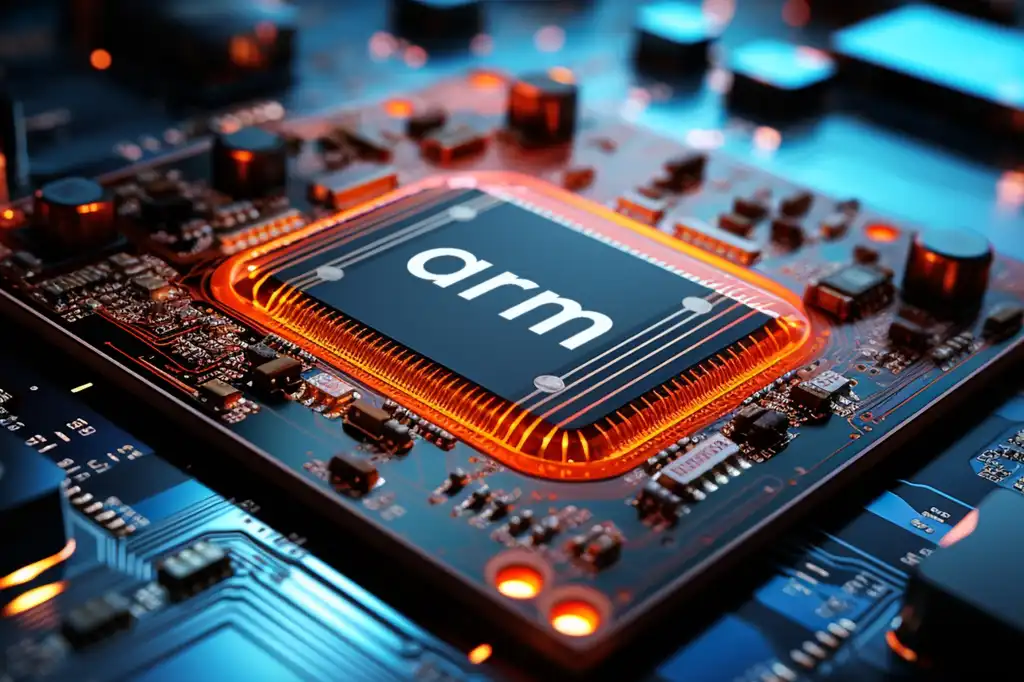
Why can Arm chips change today's world?
Global electronic component supplier AMPHEO PTY LTD: Rich inventory for one-stop shopping. Inquire easily, and receive fast, customized solutions and quotes.
Arm chips are changing today’s world because of their power efficiency, scalability, and wide adoption—from smartphones to supercomputers. Here's a breakdown of why Arm architecture is so transformative:

1. Power Efficiency
-
Low power consumption is at the core of Arm’s design philosophy.
-
Enables longer battery life for smartphones, tablets, IoT devices, and wearables.
-
Critical for edge computing, where devices must process data locally with limited power.
Example: Most smartphones use Arm-based chips (like Apple M1/M2, Qualcomm Snapdragon) because they balance power and performance.
2. Dominance in Mobile & Embedded Markets
-
Arm holds over 90% of the mobile processor market.
-
Extensively used in embedded systems: smart TVs, routers, smartwatches, automotive controllers, etc.
-
Found in billions of devices worldwide.
Example: Raspberry Pi (low-cost education tool), automotive ECUs, and smart home devices all run Arm processors.
3. Scalable and Flexible Architecture
-
Arm cores range from tiny MCUs (Cortex-M) to powerful CPUs (Cortex-A, Neoverse).
-
Used in:
-
Microcontrollers (IoT)
-
Application processors (smartphones, tablets)
-
Server-grade chips (AWS Graviton, NVIDIA Grace)
-
Example: The same Arm architecture powers both your smartwatch and some cloud servers.
4. Revolution in Desktop & Laptops
-
Apple's M1/M2/M3 chips (based on Arm) showed massive performance-per-watt gains over traditional x86 chips.
-
Proved that Arm is ready to compete in high-performance computing, not just low-power devices.
Impact: Pushes other companies (like Microsoft, Qualcomm) to invest in Arm-powered PCs.
5. Cloud and Server Adoption
-
Companies like Amazon (Graviton CPUs), Google, and Alibaba are deploying Arm chips in data centers.
-
Benefits: Lower energy cost, high scalability, and customization potential.
Trend: Cloud computing is shifting toward Arm-based infrastructure for sustainability and cost.
6. Ecosystem and Licensing Model
-
Arm doesn’t manufacture chips; instead, it licenses its architecture.
-
This allows massive customization and innovation across industries.
-
Thousands of companies create Arm-based SoCs (System on Chips) tailored to their needs.
Effect: Faster innovation cycles, broader adoption, and cheaper devices.
7. Foundational for AI and IoT Future
-
Arm is building dedicated AI cores (Ethos) and supports ML acceleration.
-
In IoT and edge computing, Arm’s efficiency and scalability are unmatched.
-
Powering smart cities, autonomous vehicles, medical wearables, and more.
Summary: Why Arm Can Change the World
| Advantage | Impact |
|---|---|
| Power Efficiency | Enables mobile, edge, and IoT devices |
| Scalability | Powers everything from tiny sensors to cloud servers |
| Ecosystem | Millions of developers, massive toolchain support |
| Customizability | Chips can be tuned to exact application needs |
| Market Penetration | Already in billions of devices globally |
Related Articles
- ·The best MCUs/MPUs for industrial humanoid robots
- ·What are the advantages and disadvantages of using SoCs in embedded systems?
- ·How to convert Raspberry Pi to desktop PC?
- ·Comparison of ARM vs. RISC-V MCUs
- ·SoC vs SoM: What's the Difference?
- ·DS18B20 Temperature Sensor Detailed Explanation and Use Cases
- ·How to build an AI agent using Raspberry Pi?
- ·Digital Signal Processors vs x86 Architecture, What's the Different?
- ·How to deploy artificial intelligence algorithms on STM32?
